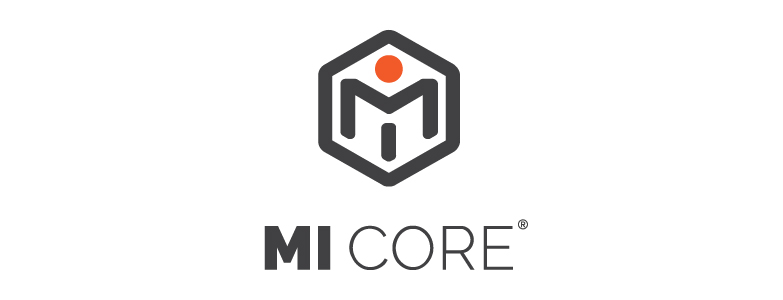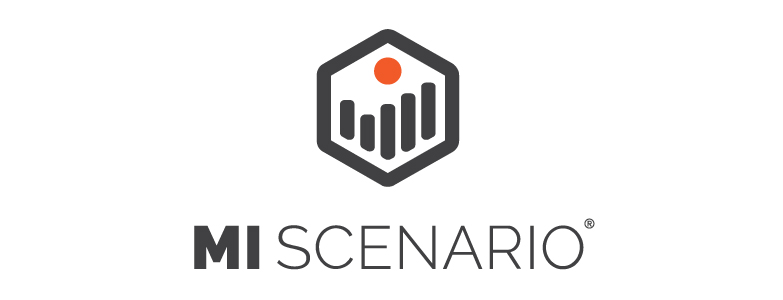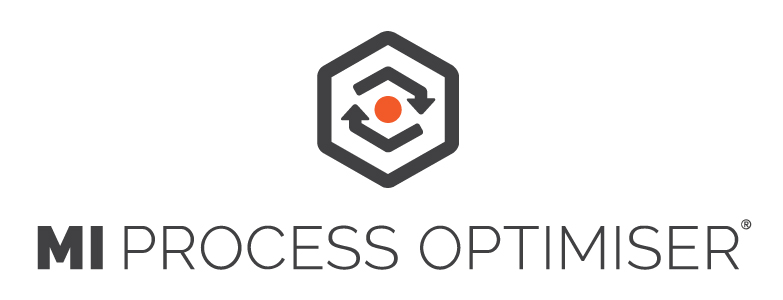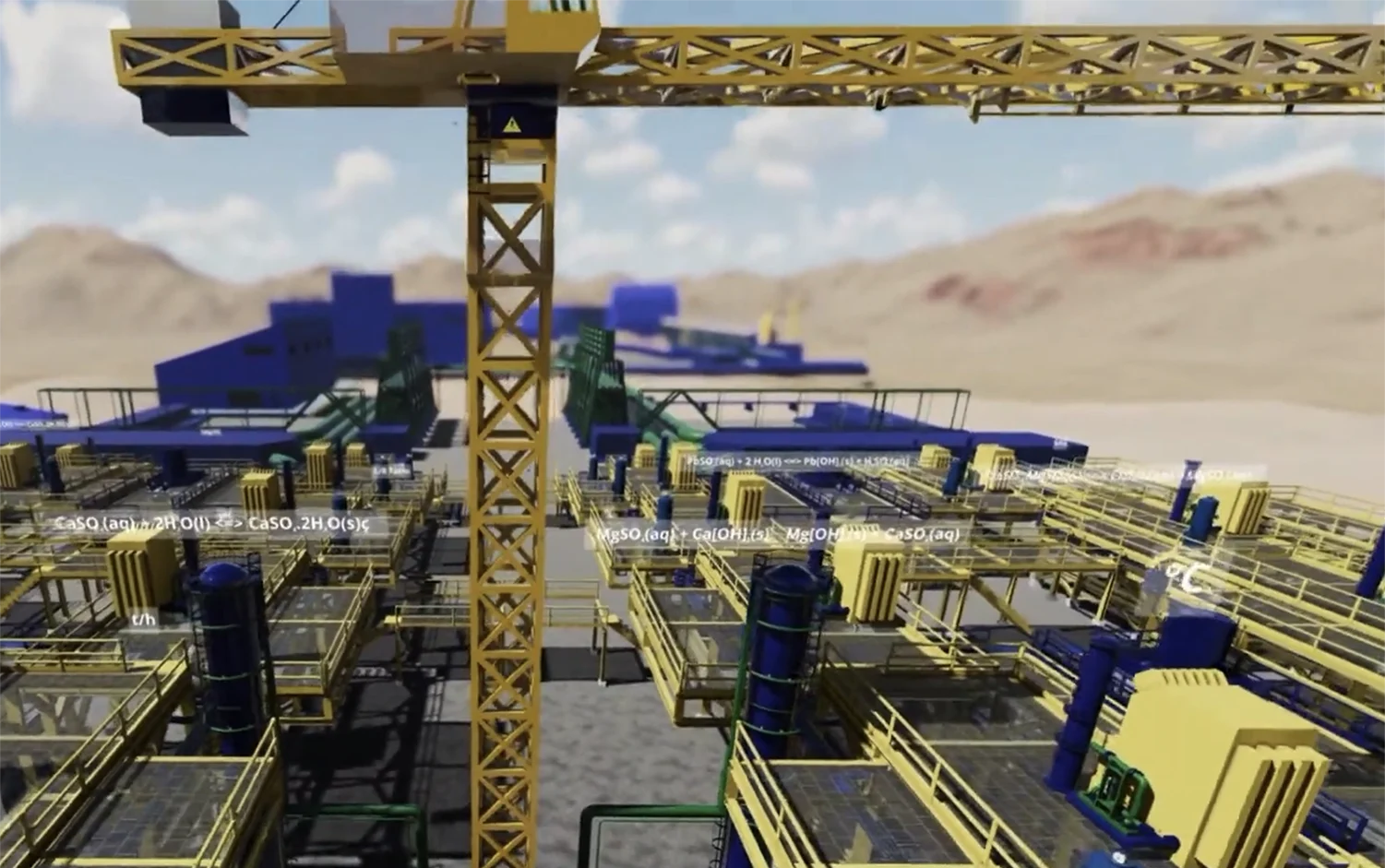Sustainability & ESG Reporting Software
Sustainability reporting software for mining & minerals

Navigate global frameworks, meet compliance regulations and meet decarbonisation targets with one digital solution customised to your plant.
The mining and minerals sector is under growing scrutiny and pressure from customers, employees, investors and legislators to be transparent and take real action on environmental, social and governance (ESG) issues.
Sustainability reporting is rapidly moving from voluntary to mandatory, with significant real-world consequences as new compliance requirements roll out.
Mining executives rank ESG as the biggest risk to their business for the third year in a row. 1
Mining and minerals organisations must now be able to produce finance-grade sustainability reports that track key sustainability indicators, including GHG emissions (Scopes 1, 2 & 3), water, energy, air quality, waste, hazardous materials, pollutants and other climate and nature-related risk factors.
To achieve this, sustainability data must be accurate, unalterable, auditable and in an approved digital format.
Satisfy ever-evolving compliance frameworks
A new era of legislated accountability has arrived, with a host of new regulations coming into force.
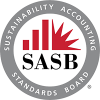




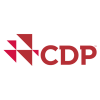
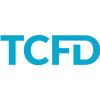
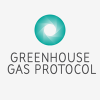

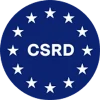
Significant risks of non-compliance

Failing to comply exposes organisations to many potential risks, so preparing the systems and data needed to meet granular finance-grade reporting requirements is a priority.
Inability to comply could lead to:
- Higher administrative burdens and operational costs
- Being blocked from importing, exporting or using certain suppliers
- Sanctions and fines for non-reporting or inaccurate reporting
- Loss of licence to operate
- Reputational damage amongst employees, investors and customers
- Loss of competitive advantage

Your journey to digital sustainability reporting
While the first step is preparing the data and tools you need to meet today’s reporting regulations, this process also equips you to progress onto more sophisticated value-adding capabilities such as:
- Automating data capture and quality reporting across your value chain
- Automating validation of ESG data against your plant operations using a mass and energy balance configured to your site
- Running a steady-state simulation to enable complex forecasting, transition planning, scenario analysis and process optimisation
Wherever you are along your sustainability reporting journey, MI Sustainability provides a flexible roadmap from ticking today’s compliance boxes through to advanced environmental, social and governance (ESG) capabilities.
Stage 1 |
Stage 2 |
Stage 3 |
Stage 4 (ongoing) |
|---|---|---|---|
|
Centralise and organise data from multiple sources and report according to regulatory frameworks. |
Automated data capture, cleansing, organisation and validation to deliver accurate and auditable sustainability reports. |
Finance-grade reporting and automated validation using a mass and energy balance and calculation of product carbon footprinting (PCF). |
Granular analysis to plan, execute and evaluate your decarbonisation roadmap. It includes complex forecasting, transition planning, scenario analysis and process optimisation. |
|
|
|
|
Stage 1 |
Stage 2 |
|---|---|
|
Centralise and organise data from multiple sources and report according to regulatory frameworks. |
Automated data capture, cleansing, organisation and validation to deliver accurate and auditable sustainability reports. |
|
|
Stage 3 |
Stage 4 (ongoing) |
|---|---|
|
Finance-grade reporting and automated validation using a mass and energy balance and calculation of product carbon footprinting (PCF). |
Granular analysis to plan, execute and evaluate your decarbonisation roadmap. It includes complex forecasting, transition planning, scenario analysis and process optimisation |
|
|
Compare MI Sustainability Packages
Features
| MI Sustainability Standard |
MI Sustainability Advanced |
MI Sustainability Expert |
MI Sustainability Enterprise |
|
|---|---|---|---|---|
| Delivered as a secure cloud Software as a Service (SaaS) platform | ||||
Sustainability reporting consulting (optional)
|
||||
| MI Sustainability software licence (including enhancements and updates) | ||||
Selection of software modules
|
||||
| Manual and bulk data capture | ||||
| Automated data integration / centralisation | ||||
| Automated data organisation and validation | ||||
| Automated reporting on sustainability indicators as per legislative frameworks | ||||
| Solutions fully configured to the specific processes and chemistry of your plant | ||||
| Automated data validation using a mass and energy balance configured to your site/s | ||||
| Automated data gap calculation and analysis | ||||
| Built-in alerts and monitoring | ||||
| Set multiple custom reporting boundaries – e.g. financial, operational control, product-based | ||||
| Adjust reporting to evolving frameworks | ||||
| Product carbon footprinting (PCF) | ||||
| Audit trail to source data | ||||
| Extract data in digital machine-readable format for regulatory submissions | ||||
| Transition planning for decarbonisation targets | ||||
| Scenario analysis for varying decarbonisation initiatives, climate resilience assessments, and forecasting and budgeting | ||||
| Ongoing training and support (optional) |
Digital solutions can reduce global emissions by up to 20%.
Data transparency, digital talent and partnership will be key ingredients to technology adoption at scale.2
World Economic Forum
Why MI Sustainability?
Available as a stand-alone solution or an add-on to MI Core, MI Sustainability enables you to produce accurate data-driven sustainability reports to satisfy evolving global legislative frameworks and set and achieve decarbonisation targets.
Unique in the market, MI Sustainability is:
- Purpose-built for complex metals and minerals organisations to handle large volumes of data points
- Enables granular and auditable reports across Scopes 1, 2 & 3 down to climate and nature-based indicators and calculates a product carbon footprint (PCF)
- Makes sustainability reporting and compliance easy with digital reports to meet any framework across any jurisdiction

Opportunities to lead the way
Complex mining and minerals organisations require a specialised approach to sustainability reporting. Best practice reporting requires granular mass balance tracking at every step of the production process across the value chain, which is not possible without advanced digital tools.
There are significant growth opportunities for innovative organisations willing to embrace the new data-driven era and move fast.
- Position your organisation as a sustainability leader
- More easily meet your compliance and sustainability goals
- Attract premium talent, partners and capital
- Enhance productivity by removing inefficiencies associated with manual reporting
- Unlock new opportunities as a green supplier
- Reduce operation costs and minimise operational and financial risks
Delivering real-world results
Digital tracking uncovers $US1.5M per year in unused power
From under reporting sulphuric acid emissions by 26% to paying millions for unused power over time, we look at three examples where our digital sustainability platform delivered tangible results.
Global compliance and less carbon tax for hydrometallurgical facility
Our solution helps this industrial leader in Africa meet tighter compliance regulations, track electricity use, minimise their carbon tax bill and deliver mandatory auditable reports.
Using data to reduce the carbon footprint of battery production
We empowered a battery producer to cut emissions and waste by measuring an accurate reporting baseline, setting targets and testing scenarios using steady-state simulation technology.
A full suite of software to optimise your plant
Take control of your GHG sustainability reporting. Get started today.
References
- EY, Top 10 business risks and opportunities for mining and metals in 2024
- World Economic Forum (WEF), Digital solutions can reduce global emissions by up to 20%, 2022

